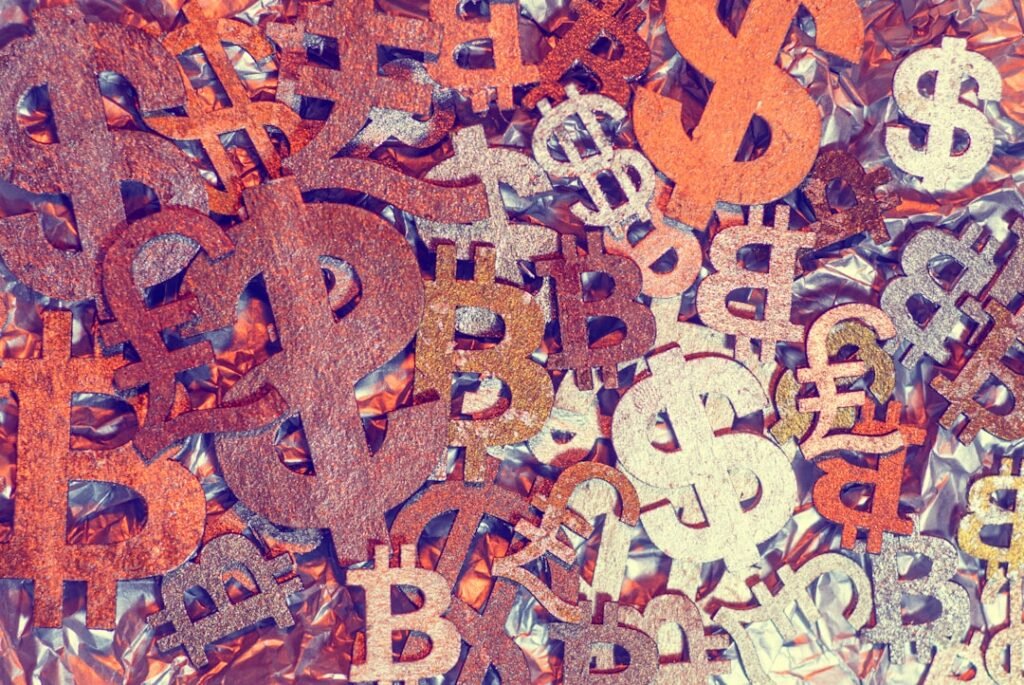The Blockchain Revolution in Fintech: Reshaping Payments, Lending, and Capital Markets
The financial technology landscape is undergoing a seismic shift, driven by the relentless advancement of blockchain technology. Far from being just the backbone of cryptocurrencies, blockchain is now fundamentally re-engineering the core pillars of modern finance: payments, lending, and securities trading. This transformation is not a distant future concept; it is happening today, generating immense value and creating a more inclusive, efficient, and secure global financial system.
Beyond the Hype: What is Blockchain in Fintech?
At its essence, a blockchain is a decentralized, distributed digital ledger that records transactions in a secure, transparent, and immutable manner. Unlike traditional systems that rely on a central authority like a bank or clearinghouse, blockchain uses consensus across a network of computers to validate and record transactions.
The true power of this technology in fintech is unlocked through 스마트 컨트랙트. These are self-executing contracts with the terms of the agreement directly written into code. They automatically execute actions—like releasing a payment or transferring ownership—when predetermined conditions are met, eliminating manual processing, reducing errors, and removing the need for intermediaries.
The numbers speak volumes. The global fintech blockchain market, valued at $3.4 billion in 2024, is forecasted to explode to $49.2 billion by 2030. Furthermore, over 5,000 payments-focused fintechs currently generate around $100 billion in revenue, a figure projected to rise to $520 billion by 2030.
Core Benefits: Why Blockchain is a Game-Changer for Finance
The adoption of blockchain is driven by a compelling set of advantages that address long-standing inefficiencies and risks in the financial world.
-
Enhanced Security & Fraud Prevention: Blockchain employs advanced cryptographic techniques, making unauthorized access and data manipulation extremely difficult. Its immutable ledger ensures that once a transaction is recorded, it cannot be altered, providing a robust defense against fraud. This is critical, as 41% of companies cite fraud as a top risk in cross-border transactions.
-
전례 없는 투명성: Every transaction is recorded on a ledger visible to all permitted network participants. This creates a single, shared source of truth that builds trust, prevents disputes, and simplifies auditing and regulatory compliance.
-
Blazing Speed and Reduced Settlement Times: Traditional cross-border payments can take days to settle due to multiple intermediaries and checks. Blockchain streamlines this process, enabling settlements in minutes or even seconds. This real-time capability transforms liquidity management and operational efficiency.
-
Dramatically Lower Costs: By disintermediating third parties and automating processes through smart contracts, blockchain slashes operational costs. This reduction in overhead and processing fees translates into more affordable services for end-users and higher margins for institutions. Juniper Research estimates blockchain will save banks up to $27 billion in cross-border settlement costs by 2030.
-
Improved Data Integrity and Access Control: Data on the blockchain is tamper-proof and securely stored. Organizations can maintain granular control over who sees what information, ensuring privacy and confidentiality where required while preserving the integrity of shared data.
Transformative Use Cases: Blockchain in Action
The theoretical benefits of blockchain are being realized in practical, powerful applications across the financial sector.
1. Cross-Border Payments and Remittances
This is one of the most prominent use cases. Companies like Ripple have built blockchain-based networks that facilitate real-time settlement across currencies, drastically reducing the time and cost of sending money internationally. The integration of stablecoins like USDC 그리고 PYUSD on platforms such as Coinbase and PayPal further provides faster and more affordable alternatives to traditional wire transfers.
2. Smart Contracts in Lending and Insurance
Smart contracts are automating complex financial agreements. In lending, decentralized platforms like Aave allow users to borrow and lend assets peer-to-peer without a traditional bank, streamlining operations and lowering costs. In insurance, companies like Ensuro use smart contracts to autonomously manage risk pools, collect premiums, and process claims, significantly reducing administrative overhead.
3. Securities and Capital Markets
Blockchain is revolutionizing capital markets by tokenizing traditional assets like stocks, bonds, and real estate. This tokenization allows for fractional ownership, making investments accessible to a broader audience and unlocking liquidity in previously illiquid markets. Institutions like State Street have partnered with crypto firms to offer tokenized versions of traditional assets, catering to growing institutional demand. The technology also streamines the entire post-trade lifecycle—clearing, settlement, and asset servicing—by providing a single source of truth, reducing counterparty risk, and shortening settlement times from days to minutes.
4. Decentralized Finance (DeFi)
DeFi represents a paradigm shift, recreating traditional financial systems (lending, borrowing, trading) on open blockchain networks without central intermediaries. Platforms like Compound (for lending) and 유니스왑 (for trading) operate entirely on smart contracts, offering global access to financial services 24/7.
5. Fraud Prevention and Identity Verification
The immutable nature of the blockchain ledger provides a secure and verifiable audit trail for all transactions, making it an powerful tool for anti-fraud and risk management initiatives. Furthermore, blockchain-based digital identity solutions, pioneered by projects like Sovrin 그리고 uPort, give users control over their personal data. This can streamline and secure Know Your Customer (KYC) and Anti-Money Laundering (AML) processes, as verified credentials can be shared instantly with institutions without repeatedly exposing sensitive data.
6. Trade Finance
By digitizing paper-heavy processes like Letters of Credit and Bills of Lading, blockchain introduces much-needed efficiency and security into trade finance. It enables all parties in a supply chain—from exporters and importers to banks and shippers—to access a single, tamper-proof source of truth, reducing fraud, accelerating processing times from weeks to days, and improving access to capital. Walmart's use of IBM’s Food Trust network to track food provenance is a prime example of this technology in action.
Navigating the Implementation Challenges
Despite its potential, integrating blockchain into existing financial infrastructure is not without hurdles.
-
규제 불확실성: The lack of consistent global regulatory frameworks creates complexity for fintechs operating across borders. Navigating varying legal interpretations requires careful planning and engagement with regulators.
-
Scalability and Performance: Some blockchain networks face limitations in transaction throughput and speed. However, advancements in consensus mechanisms (like proof-of-stake) and layer-2 scaling solutions are steadily overcoming these challenges.
-
Integration with Legacy Systems: Bridging cutting-edge decentralized technology with decades-old legacy systems is complex and costly. This can be mitigated through the use of middleware and tailored APIs that allow for a phased, strategic implementation.
-
데이터 개인정보 보호: The transparent nature of public blockchains can conflict with financial privacy requirements (e.g., GDPR). This is being addressed through the development of privacy-enhancing technologies like zero-knowledge proofs, which allow for transaction verification without revealing underlying data.
The Future is Programmable
The convergence of blockchain with other technologies like AI is set to deepen its impact. Blockchain provides the secure, transparent, and auditable data layer that can define and enforce rules for AI-driven automated actions, ensuring accountability in autonomous systems.
The future of fintech lies in programmable finance. The digitization of financial instruments—into digital assets, smart contracts, and programmable money—forges unprecedented levels of connectivity and automation. Value and logic are built directly into assets and processes, creating a new paradigm of efficiency, customization, and accessibility.
결론
Blockchain technology has moved beyond theoretical promise to practical, value-driven application in fintech. It is no longer a question of 만약 but 어떻게 그리고 when traditional finance will fully embrace this transformation. From making cross-border payments seamless and inexpensive to democratizing access to capital through tokenization and DeFi, blockchain is dismantling barriers and building a more resilient, open, and efficient financial ecosystem.
The institutions that will thrive are those that recognize this shift not as a threat, but as an unparalleled opportunity to innovate, reduce costs, and deliver superior value to their customers. The blockchain revolution in fintech is here, and it is reshaping the world of money before our eyes.












